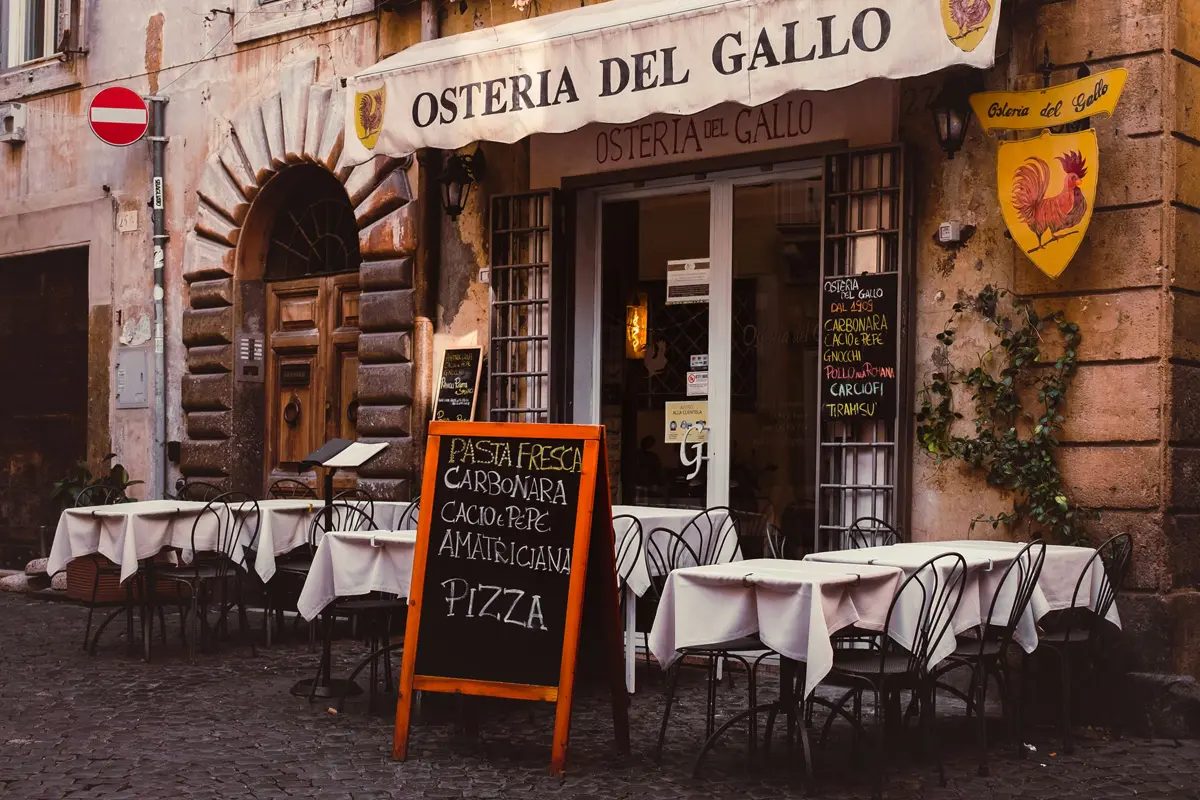
If you’re planning a trip to Italy and wondering what key Italian words and phrases you need to know, here’s the quick answer: learn greetings, polite expressions, and practical phrases for dining, shopping, and getting around. Even a few simple words like ciao, grazie, and il conto per favore will transform your Italian travel experience, helping you connect with locals and enjoy smoother interactions.
1. Why Learn Key Italian Phrases?
Italy is more than just beautiful landscapes and history — it’s about Italian culture and the warmth of its people. Knowing common Italian phrases is a sign of respect and makes you stand out as a thoughtful traveler. While many Italians, especially in big cities, can speak English, showing effort in the local language opens doors to authentic experiences.
Whether you’re ordering gelato, asking dov’è il bagno? (Where is the bathroom?), or simply saying buongiorno (good morning), these words matter. Italians appreciate when visitors engage with their culture, and often, you’ll find yourself rewarded with friendlier service, local tips, or even a smile of recognition.
2. Greetings and Polite Expressions
Politeness is essential in Italy. Start with these basic Italian phrases:
- Ciao → Hi/Bye (informal)
- Buongiorno → Good morning
- Buona sera → Good afternoon/evening
- Buona notte → Good night
- Grazie → Thank you
- Prego → You’re welcome
- Mi scusi → Excuse me
- Mi dispiace → I’m sorry
💡 Tip: Always greet people when entering shops, restaurants, or hotels. It’s part of Italian cultural etiquette.
3. Dining Out in Italy
Italian dining is an experience, not just a meal. Here are some must-know Italian words and phrases:
- Il conto, per favore → The bill, please
- Vorrei… → I would like…
- Posso avere…? → Can I have…?
- Lo prendo → I’ll take it
- Quanto costa? → How much does it cost?
Example: Vorrei una pizza margherita, per favore. (I would like a margherita pizza, please.)
4. Getting Around and Asking for Help
When traveling, you’ll often need directions or assistance:
- Dov’è il bagno? → Where is the bathroom?
- Dov’è la stazione? → Where is the train station?
- Parla inglese? → Do you speak English?
- Mi aiuti, per favore? → Can you help me, please?
- Non capisco → I don’t understand
These key Italian phrases are lifesavers in everyday travel situations.
5. Shopping Phrases
Shopping in Italy is irresistible, from luxury boutiques to local markets. Use these:
- Quanto costa questo? → How much is this?
- Posso provarlo? → Can I try it on?
- È troppo caro → It’s too expensive
- Lo prendo → I’ll take it
6. Numbers in Italian
Numbers are crucial when traveling. Here are the basics:
- Uno
- Due
- Tre
- Quattro
- Cinque
- Sei
- Sette
- Otto
- Nove
- Dieci
Example: Un biglietto, per favore. (One ticket, please.)
7. Useful Everyday Phrases
- Mi chiamo… → My name is…
- Come ti chiami? → What’s your name?
- Di dove sei? → Where are you from?
- Va bene → Okay
- A presto! → See you soon!
8. Cultural Notes for Travelers
- Italians greet often and expect polite words like mi scusi or grazie.
- Meals are leisurely; don’t rush to ask for the bill unless needed — use il conto, per favore.
- Learning key Italian words and phrases makes travel smoother and shows cultural awareness.
When traveling in Italy, small gestures of politeness go a long way. For example, always say buongiorno when entering a shop, even if you only plan to browse. Failing to greet someone may come across as rude, while a simple word shows respect for Italian customs.
Dining also reflects cultural values. Unlike in many countries where quick service is expected, Italian meals are meant to be enjoyed slowly. If you’re in a hurry, it might feel unusual, but embracing this tradition is part of the authentic experience. Using polite phrases like posso avere il conto, per favore? (may I have the bill, please?) signals that you understand the flow of Italian dining.
Another important cultural tip is body language. Italians are expressive speakers, often using hand gestures to emphasize points. Don’t be surprised if locals combine words like va bene (okay) with lively movements. Picking up both the key Italian words and phrases and the gestures makes communication more natural.
Finally, remember that trying—even imperfectly—to use Italian is always appreciated. Locals often respond warmly when travelers make an effort, and you may find that your trip becomes more immersive and rewarding.
9. Practice With Our Tool
Want to practice Italian letters and sounds before your trip? Try our interactive tool here:
👉 /tools/character/character-character-it?studyingLanguage=it
It helps with pronunciation and builds confidence before you even land in Italy.
Final Thoughts
Learning key Italian words and phrases is the fastest way to upgrade your trip to Italy. From numbers in Italian to polite greetings, these phrases will help you order food, ask for directions, and show respect for the local language.
Remember: you don’t need to be fluent. Even simple words like buongiorno, mi dispiace, or quanto costa can leave a lasting impression. So before your trip to Italy, spend a little time learning — it will make your adventure richer, easier, and far more enjoyable.